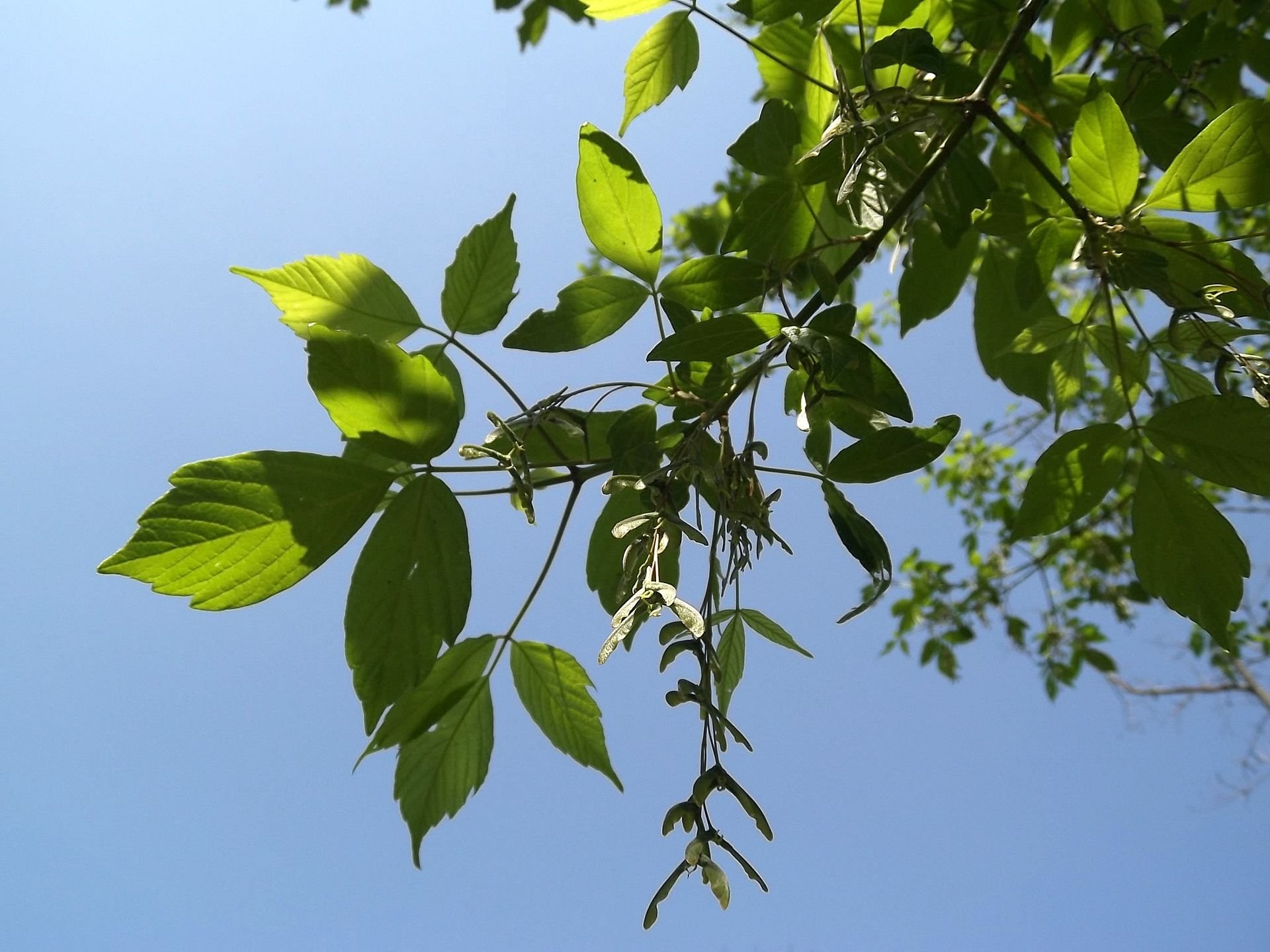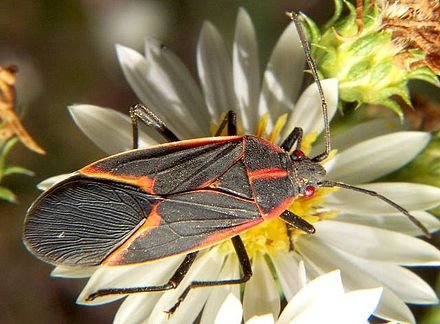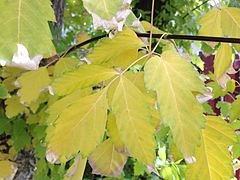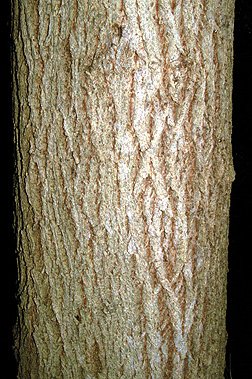
Boxelder
Boxelder
Botanical Name: Acer negundoFamily Name: Sapindaceae - Soapberry familyOrigin: Eastern North AmericaThe Boxelder is actually a maple tree. The boxelder is native to North America. This tree, while very cold and hardy, is not widely sold due to its ability to self-seed aggressively. As such, it is considered a weedy or invasive species by many. It also attracts boxelder bugs which often enter homes in the fall.
Unlike most other maples, the boxelder is fully dioecious and both male and female trees are needed for reproduction to occur.
It is a fast-growing, short-lived tree with opposite, compound leaves. It grows to 35 to 80 feet tall, with a trunk diameter of 12 to 20 inches. It often has several trunks and can form impenetrable thickets. The typical lifespan of a boxelder is only 60 years.
Unlike most other maples, which usually have simple, palmately lobed leaves, the boxelder has pinnately compound leaves that usually have three to seven leaflets. Simple leaves are also occasionally present; technically, these are single-leaflet compound leaves. The leaflets are about 2 to 4 inches long and 1.25 to 2.75 inches wide with slightly serrate margins. The leaves have a translucent light green color and turn yellow in the fall.
Indicative of its familiarity to many people over a large geographic range, the boxelder has numerous common names. The names "boxelder" and "boxelder maple" are based upon the similarity of its whitish wood to that of boxwood and the similarity of its pinnately compound leaves to those of some species of elder. Other common names are based upon this maple's similarity to ash, its preferred environment, its sugary sap, a description of its leaves, its binomial name, and so on. These names include "Manitoba maple", "ash-leaf maple", "cut-leaved maple", "three-leaf maple", "ash maple", "sugar maple", "negundo maple", and "river maple".
Medicinal Uses / Folklore
The Boxelder has been used by Native Americans for several medicinal purposes. The Cheyenne burn the wood as incense for making spiritual medicines, and during Sun Dance ceremonies. The Meskwaki use a decoction of the inner bark as an emetic to cause vomiting and the Ojibwa use an infusion of the inner bark for the same purpose.
The sap has been used to make a syrup by Native Americans, including the Dakota, Omash, Pawnee, Ponca, Winnebago, Cree, Sioux and the indigenous people of Montana. The Chiricahua and Mescalero Apache dry scrapings of the inner bark and keep it as winter food, and they also boil the inner bark until sugar crystallizes out of it. The Cheyenne mix the boiled sap with shavings from the inner sides of animal hides and eat them as candy. The Ojibwa mix the sap with that of the sugar maple and drink it as a beverage.
Although its light, close-grained, soft wood is considered undesirable for most commercial uses, this tree has been considered as a source of wood fiber, for use in fiberboard. There is also some commercial use of the tree for various decorative applications, such as turned items (bowls, stem-ware, pens). Such purposes generally use burl or injured wood, as the injured wood develops a red stain.
The wood has been used for a variety of purposes by Native Americans, such as by the Navajo to make tubes for bellows, by the Cheyenne to make bowls, and by the native peoples of Montana who use the large trunk burls or knots to make bowls, dishes, drums, and pipe stems.
The Dakota people and the Omaha people make the wood into charcoal, which is used in ceremonial painting and tattooing. The Kiowa burn the wood in the altar fire during the peyote ceremony.


